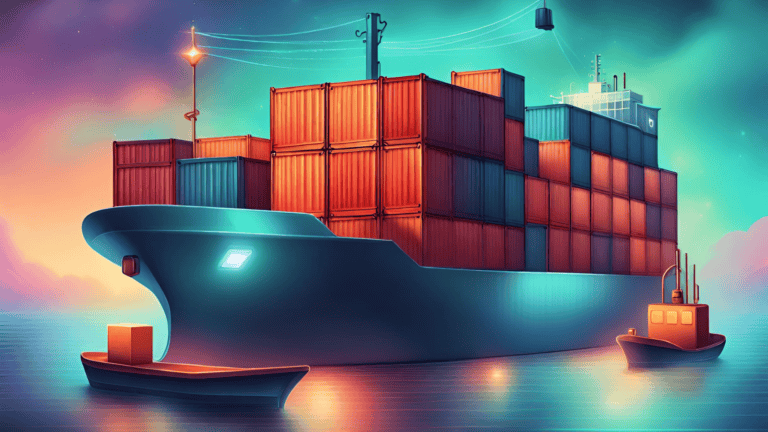Docker containers require networking to communicate, which is enabled by default.
Various network drivers allow for customized networks behaviour. Docker accommodates different
network drivers; default bridge networks isolate containers, host networks optimize performance and remove isolation,
and overlay networks support distributed systems. Specialized ipvlan and macvlan provide advanced network control,
with ‘none’ offering complete isolation. Docker's pluggable networking system allows for third-party plugins,
especially useful in swarm mode.





